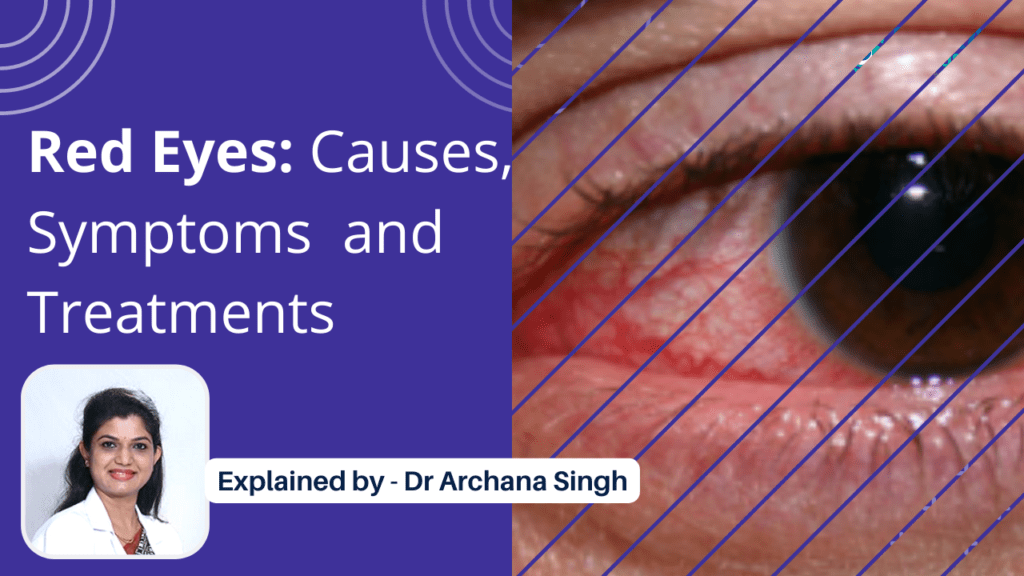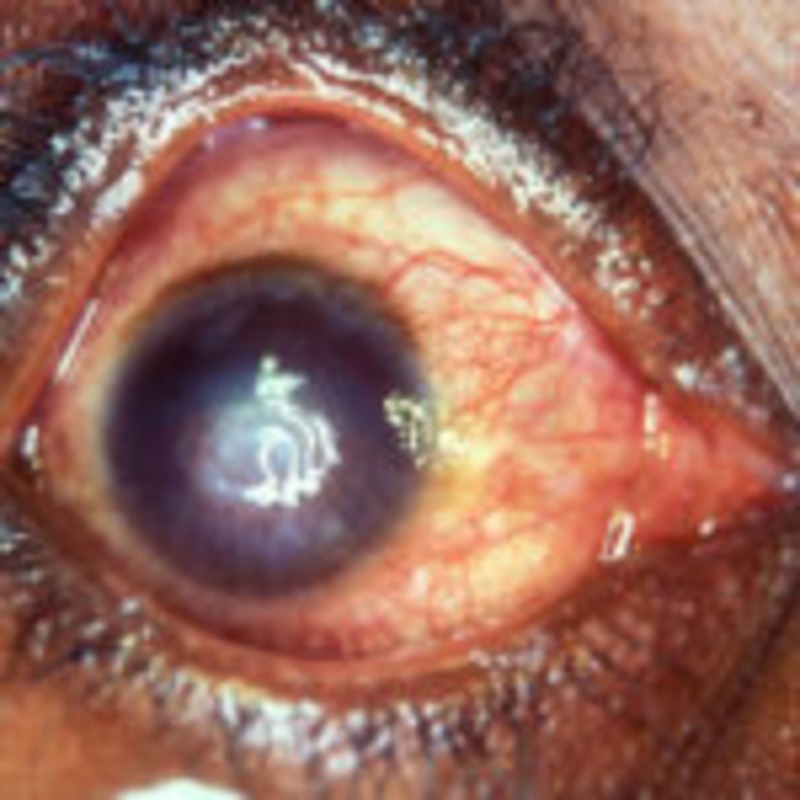
Do you have red eyes? If so, you’re not alone. Red eyes are a common problem caused by many different things. In this blog post, we will discuss everything you need to know about red eyes: what causes them, the symptoms, and how they can be treated.
We will also provide some tips for preventing red eyes from occurring in the first place. We hope that this information will help you to understand your condition better and improve your quality of life.
What is Red Eye?
A “red-eye” is a general term that is used to describe red, irritated, and bloodshot eyes. The redness happens when tiny blood vessels under the eye’s surface become larger, dilated, or inflamed.
Red eyes can be a symptom of several different conditions, ranging from minor to severe. In most cases, red eyes are caused by allergies or eye strain. However, they can also signify more serious problems like conjunctivitis or glaucoma. Therefore, if you experience red eyes regularly, it is essential to see an eye doctor to rule out any underlying health issues.
Causes of Red Eye
Allergies
- One common cause of red eyes is allergies. Allergies can cause the blood vessels in your eyes to become inflamed, resulting in redness and irritation. Other symptoms you may experience include itching, a burning sensation, increased tearing and swelling if you have an allergy.
- Overuse of contact lenses or allergy to contact lenses can also cause redness of the eyes.
- Another common cause of red eyes is eye fatigue. This can happen when you spend too much time looking at screens or working in low-light conditions. If you are experiencing eye fatigue, you may notice that your eyes feel dry, strained, or watery. Treatment for red eyes caused by allergies or eye fatigue usually involves using anti-allergic eyedrops, artificial tears or wearing sunglasses to protect your eyes from further irritation.
If you have red eyes that are not caused by allergies or eye fatigue, it is essential to see a doctor to rule out any severe conditions. Some other causes of red eyes include infections, inflammation, and glaucoma.
Infective causes
Infections in the eyes can cause red eyes, for example:
- Conjunctivitis, or pink eye, is an infection of the conjunctiva, the transparent membrane covering the white part of the eye. Bacteria, viruses, or allergens can cause pink eye, and symptoms include redness, itching, and discharge.
- Another common cause of red eyes is blepharitis, the inflammation of the eyelids. Blepharitis can be caused by bacterial infections, allergies, or skin conditions such as dandruff. Symptoms include redness, itching, burning, and crusting around the eyelashes.
- A corneal ulcer is an open sore on the surface of the eye. This condition is also called keratitis. Other symptoms of corneal ulcer other than red eyes include severe eye pain, increased tearing, blurred vision, sensitivity to light, feeling like something is in your eye, eyelid swelling, and discharge of pus.

Inflammatory causes
Any inflammation in the eyes, whether an autoimmune reaction or any underlying systemic illnesses, can cause red eyes. For example:
- Uveitis is an inflammation of the uvea, the eye’s middle layer, that contains blood vessels. Uveitis can be caused by infections, autoimmune disorders, or injuries to the eye. Symptoms include redness, pain, and blurred vision.
- Scleritis is another possible cause of red eyes. Scleritis is an inflammation of the sclera, the white part of the eye, caused by autoimmune disorders, infections, or injuries to the eye.
Angle-closure glaucoma
- Angle-closure glaucoma is one of the different types of glaucoma. It is also called closed-angle glaucoma, which occurs when the iris bulges forward to narrow or block the drainage angle formed by the cornea and iris.
- The symptoms include intense pain in your eye, seeing rainbow-coloured rings or halos, blurred vision, decreased vision, headache, nausea or vomiting, and redness of the eyes.

Injury
Injuries to eyes such as foreign objects that get into your eye, physical trauma, such as sustaining a blow or an accident, and exposure to chemicals can cause red eyes, often due to irritation or bleeding.
Environmental factors
Certain environmental factors such as excessive heat exposure, heavily air-conditioned environments, Overspeed fans etc can also irritate the eyes, causing red eyes.
Management of red eyes
- For most people, red eyes are a temporary inconvenience that can be remedied with over-the-counter (OTC) medications. In addition, it can provide relief from allergy symptoms.
- Managing red eyes can be a daily struggle for those with chronic conditions like allergies or dry eye syndrome. To keep red eyes at bay, it is essential to avoid irritants such as smoke and dust.
- It is vital to keep the eyelids clean and free of makeup.
- Artificial tears can be a lifesaver for people who suffer from chronic dryness.
- Finally, it is essential to wash hands regularly, as this helps remove any potential irritants before they have a chance to cause problems.
- Cold compresses can help to soothe irritated eyes, and
- Frequent breaks if you spend a lot of time staring at screens or reading.
By following these simple tips, people with chronic red eyes can help to keep their condition under control.
Most causes of eye redness won’t result in serious complications, but if any pain or problem accompanies in vision, it should not be ignored and require medical treatment. If you are experiencing red eyes, we encourage you to make an appointment with a doctor to get the help you need. We hope this information has been helpful.
If you ever have any concerns about your health, be sure to consult with a medical professional.
Thanks for reading!






